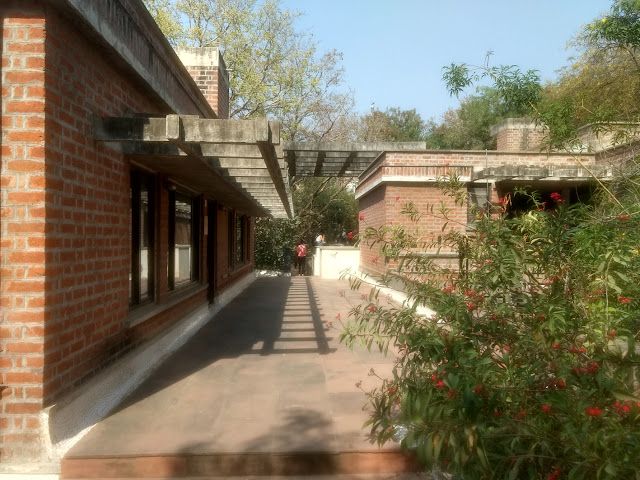In truth, the city is dead. The city as scripted in the urban design narrative of the 20th century no longer holds as much value. It has to be rescripted in the language of globalization, media and technology where tenets of humanity and humanism have found a new relationship with the world. The city is now a place with people whose sense of self is no longer the same as in the regime of socialism. What do we make of "society" and "social" values in an age where there are more communities in the virtual world than real? Where does the city occur between the physical and the virtual? The urban theorists of the 20th century - those who had quickly moved to claim the city from modern totalitarian and deterministic projects to the tactical and messy still seem to push back its project into the domain of the classical social will no longer survive in time. This is a city with people who have a new sense of self, techno-lives of the nascent future. The emerging city demands a new society with one leg in the physical and the other in virtual, riding on techno-social values that shape a new sense of space.
The city of the 20th century urbanists is dead. Their claims to physical space, their claims to economy, their claims to opportunity and promise - all those assets that the city held are no longer in its physicality. With lowering population graph, with decreasing physical transactions, with the shift to service from manufacturing, with the conversion of industrial to cultural consumerism - the city can no longer be for the classical public. This is a new public enscripted with the values of computer and internet, smartphone and gadgetry.
Urbanists are merely turning into historians - merely collating the overwhelming change of the past two decades into neat narratives. Cities haven't ceased to deteriorate in their presence. Their contributions have only fed the academic world, with the real left to the political power, who has jumped its opportunity over technology - turning it into anomalous projects - the smart cities and so on. Today, urbanists tell us stories of nostalgia and decay. That is their only way to enthuse us about our cities, the only way to embed us into its reality. They have become conservationists of vast urbanscapes stitched with blanket narratives, none which help us to critically adapt the city to the future, but hook it on to a past that may no longer be as relevant.
We no longer occupy the bodies of the past - those that were shaped by the immediate society and families. Our skins and organs today are part technological constructs. We are an entity shaped by self initiated concerns - informed or otherwise. We consume data, we enact machines, we emote to believe we are different from instruments, we breathe information, we swim in microwaves. Plants, animals, people, resources, water, electricity, food - everything is numbers. We count minutes as much as money. We are bundled by infrastructure. We are tied together in our insecurities and opportunities. We are a different race, semi-cooked and still boiling in the bucket of techno-utopia.
Cities no longer are organs, nor gardens, nor societies or communities, or even hubs of exchange. they are organisms decaying into technoscripts, exploding their energies into the lights of media - shimmering and shining into a new future that blinds us day by day. We need to dilate our pupils enough to be in sync and make sense of this rapid transmutation, no longer trans'formation'. A new city charged with a different energy awaits to be embraced.





























